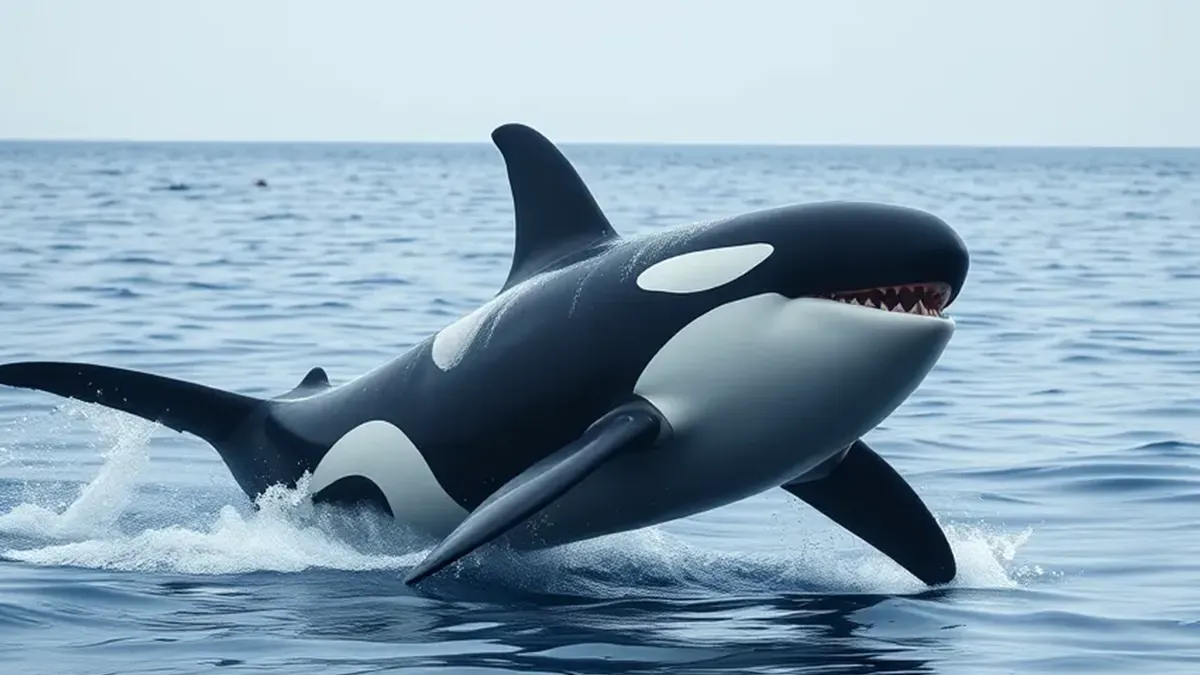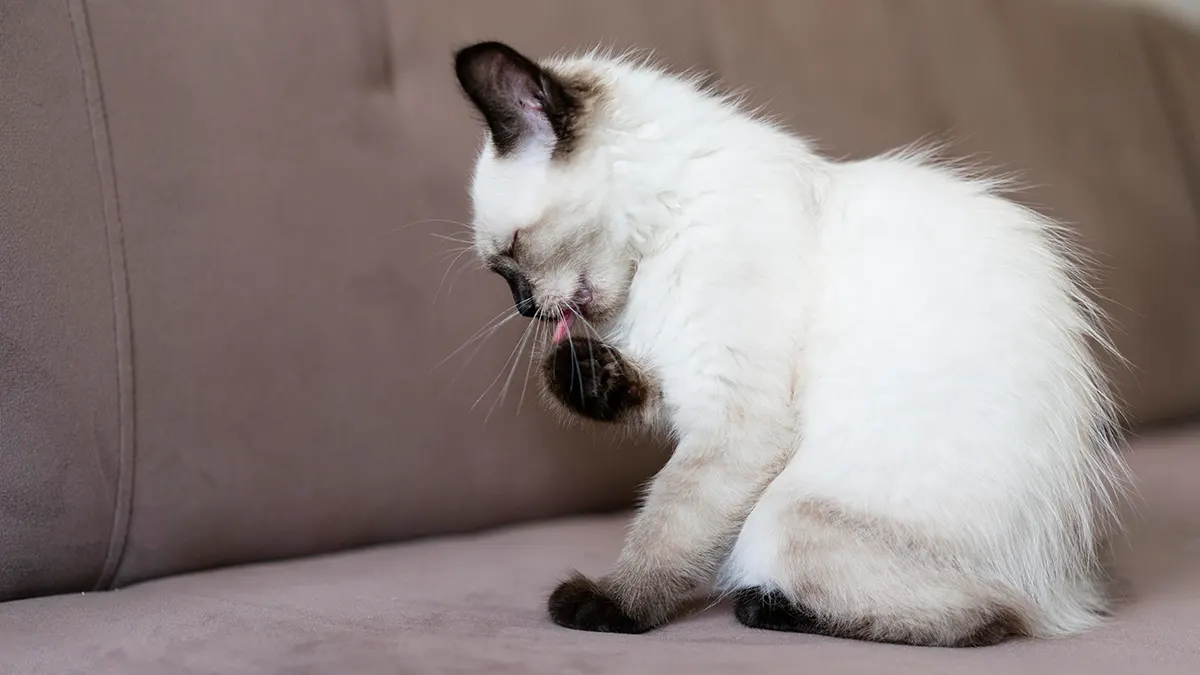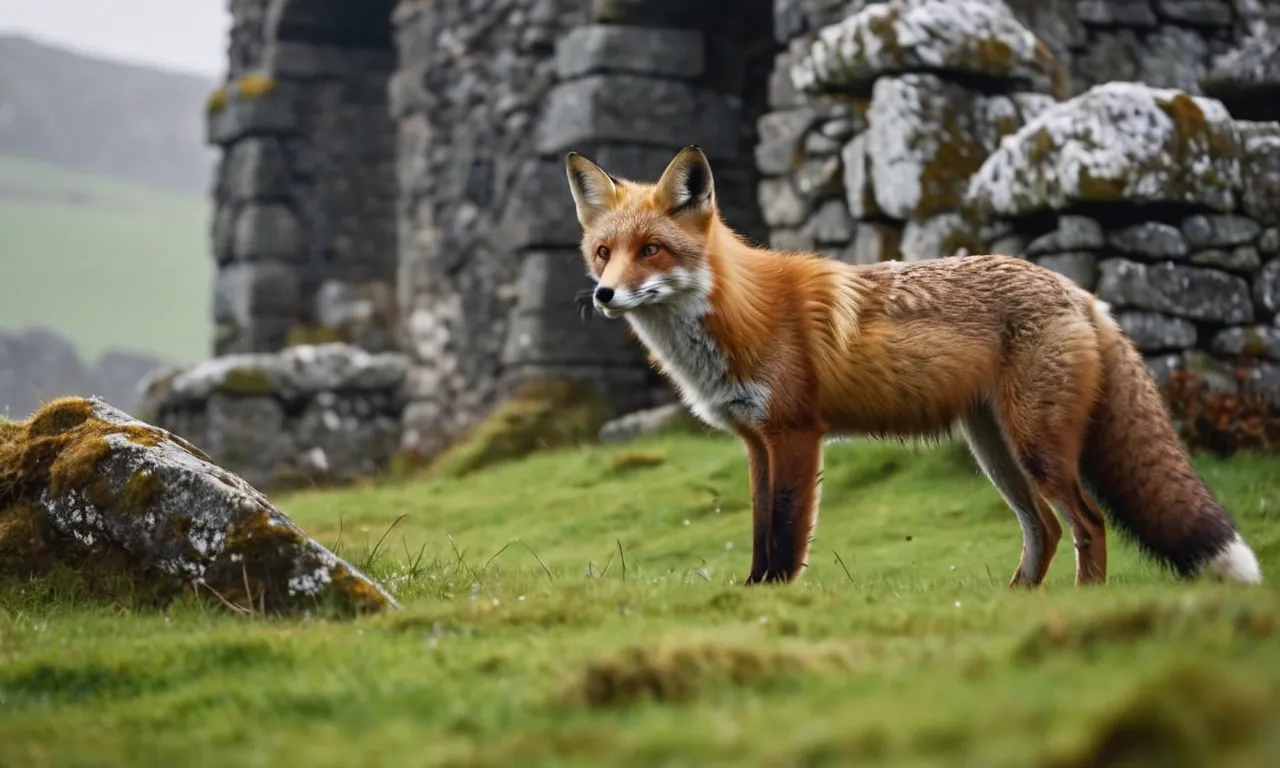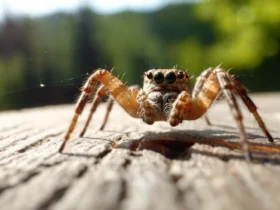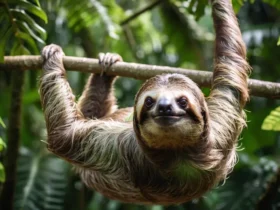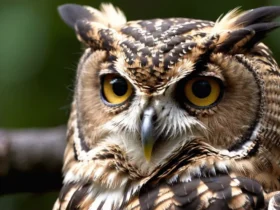Ireland may seem like a peaceful island of rolling green hills, but it is home to a diverse array of predators well-adapted to living in the Irish wilderness. From birds of prey to seals, Ireland’s fauna includes remarkable hunters that play key roles in local ecosystems.
If you’re short on time, here’s a quick answer to your question: Ireland is home to predators like red foxes, pine martens, otters, seals, birds of prey, and even killer whales off the coast. Though not necessarily dangerous to humans, they are impressive hunters in the Irish wilderness.
In this comprehensive guide, we will explore the habitats, hunting behaviors, and ecological roles of Ireland’s major predatory species. You’ll learn all about the red fox’s strategy of caching excess food, how otters use rocks to crack open shellfish, and the impressive diving abilities of gannets and other seabirds.
Foxes
Red Fox Habitats
The red fox (Vulpes vulpes) is the most common species of fox found throughout Ireland. These cunning predators make their dens in a variety of habitats, including woodlands, farmlands, moorlands, and suburban areas.
According to wildlife surveys, there may be up to 150,000 red foxes spread across Ireland.
Woodlands and forests with dense undergrowth provide ideal nesting sites for red fox families. The foxes burrow underground to create dens made up of multiple tunnels and chambers. These dens, also called “fox earths”, have multiple exits so the foxes can escape predators.
Diet and Hunting Behavior
Red foxes are omnivorous and opportunistic foragers. Their diet includes small mammals like rabbits, hares, voles and mice. They also prey on birds and their eggs, insects, fruits and berries. Foxes have excellent hearing which helps them locate small animals moving underground.
They use their bushy tails for balance and signaling during hunts.
Foxes typically hunt from dusk till dawn, using their superior sense of smell and hearing to stalk prey. They utilize a cat-and-mouse leaping technique called “mousing”. Foxes can capture up to 10-12 mice per hour when conditions are favorable.
Caching Food Supplies
When hunting is plentiful, foxes often bury excess food to eat later. This is called caching or hoarding food supplies. Caching allows foxes to survive harsh winters and seasonal famines. A single fox can cache hundreds to thousands of rodents, eggs and fruits underground across their territory.
Their excellent long-term memory helps them locate the concealed caches later by sound, smell and landmarks. Studies found foxes successfully retrieved more than 60% of their caches after 258 days. This caching behavior is vital for the red fox’s survival as Ireland’s predominant wild predator.
Pine Martens
Physical Features and Range
The pine marten (Martes martes) is a slender, cat-sized carnivorous mammal belonging to the weasel family. Adults measure 30-55 cm in head and body length with a long, bushy tail reaching 25-35 cm. Their luxurious fur ranges from yellowish-brown to dark brown with a contrasting cream or orange bib on the throat.
This coloration likely helps pine martens blend into the trees where they spend much of their time.
Pine martens are native to Ireland and can be found in wooded areas across most of the island. According to a 2021 study, over 35% of Ireland offers potentially suitable habitat. From their strongholds in the west and midlands, pine marten populations have been expanding eastward in recent decades thanks to ongoing conservation efforts.
Current range maps indicate they have recolonized parts of 17 counties.
Arboreal Adaptations
As agile climbers, pine martens are well suited to life in the trees. Their sharp, curved claws give them strong grip while climbing, and they can bound effortlessly from branch to branch or even walk out on swaying, slender limbs.
Pine martens have semi-retractable claws that provide traction while running and climbing yet remain sharp for catching prey, digging, and scratching.
A pine marten’s long tail aids its acrobatics by acting as a counterbalance. The tail also doubles as a warm, cozy blanket when wrapped around the marten as it rests high up in a tree hollow or squirrel’s old nest.
By being active at night and sleeping by day, pine martens avoid most predators – only owls pose a major threat. With acute hearing and eyes that rapidly adjust between light and dark, pine martens hunt confidently after nightfall.
Diet and Foraging
As opportunistic generalists, pine martens will eat just about anything they can find, switching foods with the seasons. Small mammals like voles, mice, squirrels, and rabbits make up the bulk of their diet.
They also prey on birds and eggs and supplement their diet with nuts, berries, insects, fungi, and occasionally carrion.
When hunting, pine martens rely on their sharp senses of smell and hearing to track prey. An area of 25-30 km2 makes up a typical pine marten territory. Males and females forage separately, then meet up to share food and rest together in a favored den site like a hollow tree.
By starting the mating season in late June, females align birth timing with peak summer food availability.
Otters
River Otter Habitats
River otters are highly adaptable and can be found in a variety of aquatic habitats across Ireland, including lakes, rivers, marshes, and coastal areas. They prefer areas with dense vegetation, as this provides cover while they hunt and rest (an ideal river otter habitat has both open areas for hunting fish and dense vegetation for taking refuge).
River otters build burrows in riverbanks with multiple tunnel openings for easy escape from predators. These burrows, called holts, are used for resting, breeding, and raising young.
Some key areas where river otters can be spotted in the wild in Ireland include:
- The River Moy in County Mayo
- The Lakes of Killarney in County Kerry
- The River Barrow in Counties Carlow, Kildare and Kilkenny
- Connemara National Park in County Galway
Hunting Techniques and Prey
River otters are opportunistic predators and eat a variety of prey. Their main diet consists of fish, but they also hunt amphibians, crustaceans, birds, insects, and small mammals. When hunting, otters rely on their sensitive whiskers to detect movements of potential prey in murky waters.
Otters have several specialized hunting techniques:
- They track fish through their scent using their excellent sense of smell.
- They dive quickly to catch fast-moving fish with their agile, serpentine bodies.
- They hunt in pairs or groups, herding fish into shallow water to more easily snatch them.
Some of the common fish species hunted by Irish otters include salmon, trout, eels, sticklebacks, and sculpins. A 2020 study found remains of European eels in over 75% of otter spraints (droppings) analyzed in Ireland, making eels a clearly preferred food source.
Tool Use Behavior
River otters exhibit an intriguing learned behavior not seen in other otter species – they use rocks to dislodge and break open shellfish on their stomachs. This allows them access to tasty shellfish that would otherwise be unavailable.
Otters hunt for mussels, clams, oysters, crabs and other shellfish along the Irish coast. They then find a suitable rock to use as an “anvil” – often balancing it on their stomachs. Holding the shellfish between their forepaws, they pound it against the rock to break off pieces and access the meat inside.
Researchers believe this tool use behavior is a culturally learned tradition, passed from mothers to pups (this sets river otters apart from most species other than primates that use tools). As evidence, the behavior is only seen in certain groups of otters in coastal regions with suitable habitat, not universally in the species.
Seals
Seal Species of Ireland
There are two main species of seals that inhabit the waters around Ireland – the harbor seal (Phoca vitulina) and the gray seal (Halichoerus grypus). Both species can be found along the Irish coastline, but gray seals tend to prefer more remote rocky shores, while harbor seals are more often spotted in estuaries and bays.
Harbor seals are smaller and more slender than gray seals. Adult harbor seals reach up to 6 feet (1.8 m) long and weigh around 180-375 lbs (80-170 kg). Their coat is spotted gray, brown or silvery-white. Gray seals are the largest seals found in Irish waters.
Adult males can reach over 10 feet (3 m) long and weigh 700-800 lbs (315-360 kg). The females are smaller at around 8 feet (2.4 m) long. Gray seals have a grayish-brown coat with darker blotches.
Other seal species are occasionally spotted around Ireland, but do not maintain permanent breeding colonies. These include ringed seals, bearded seals, harp seals and hooded seals that wander south from arctic regions.
Adaptations for Aquatic Hunting
Seals have a number of adaptations that make them highly effective aquatic predators.
- Streamlined bodies to reduce drag while swimming
- Flippers for propulsion and steering in the water
- Thick blubber layer to provide insulation in cold waters
- Powerful hind flippers that can propel them up to 25 mph (40 km/h)
- Keen eyesight and sensitive whiskers to detect prey
- Ability to close nostrils and ears underwater
- Hold their breath for up to 30 minutes while diving
Seals are carnivorous and feed on a variety of fish, crustaceans and cephalopods. Harbor seals typically feed at depths of 130 feet (40 m) or less, while gray seals can dive deeper than 1,000 feet (300 m) to hunt.
Their slender bodies and flippers allow them to maneuver with speed and agility as they chase down fast-moving prey.
Impact on Fish Stocks
The impact of seal predation on fish stocks around Ireland has been a source of debate between fishermen and conservationists. Seals consume a wide variety of commercially-valuable fish species. According to some estimates, seals in Irish waters may eat up to 10,000 tons of fish each year.
Species impacted include salmon, cod, pollock and sea trout.
However, research indicates that seals’ feeding patterns are highly opportunistic based on local and seasonal abundance of prey species. Most studies have found little evidence that seals are having a detrimental impact on fish stocks.
In fact, they primarily target smaller non-commercial fish species. It is likely that factors like overfishing, climate change and pollution pose greater threats to fish populations.
In general, seals are an important part of the marine ecosystem. As predators near the top of the food chain, they help regulate prey species. Their presence and feeding habits can also affect the behavior and habitat use of prey in beneficial ways.
With careful management of both seal and fish populations, seals and fishermen may be able to coexist with minimal conflict.
Birds of Prey
Ireland is home to a diverse range of birds of prey, including eagles, hawks, falcons, and owls. These apex predators play vital roles in the island’s ecosystems.
Eagles, Hawks, Falcons, and Owls
Some of the most impressive birds of prey found in Ireland include the golden eagle, peregrine falcon, merlin, hen harrier, and barn owl. The white-tailed eagle and red kite were driven to extinction but have been successfully reintroduced in recent years.
- The golden eagle is Ireland’s largest bird of prey, with a wingspan up to 2.2 meters. These powerful hunters mainly prey on rabbits and hares.
- Peregrine falcons are the fastest animals on Earth, capable of reaching speeds over 320 km/hr during hunting dives. They nest on tall cliffs and hunt other birds.
- Merlins are small, agile falcons that prey on larks, pipits, and other small birds. They are found in open country across Ireland.
- Hen harriers are elegant hawks that fly with their wings held in a ‘V’ shape. They hunt small mammals, birds, frogs, and insects in open habitats.
- Barn owls are distinguishable by their white, heart-shaped face. They use acute hearing to locate small mammal prey in darkness.
Aerial Hunting Strategies
Birds of prey have evolved specialized hunting techniques to catch agile prey on the wing:
- Stooping or diving – Peregrines and merlins fold their wings back and plunge at breakneck speeds to surprise and impact prey mid-air.
- Coursing – Harriers fly low and fast over open ground, surprising prey by approaching rapidly from behind.
- Hovering – Kestrels are able to hover stationary in mid-air while scanning the ground for prey like voles and mice.
- Still-hunting – Owls patiently wait on perches and then pounce on unsuspecting prey moving below.
These hunting strategies make clever use of the raptors’ sharp vision, speed, stealth, and maneuverability.
Important Ecological Roles
As predators near the top of the food chain, raptors help regulate prey populations and maintain balanced ecosystems. Other key ecological functions include:
- Scavenging – Golden eagles, red kites and common buzzards clean up carrion left by other predators.
- Indicator species – The presence and abundance of raptors indicates habitat quality and biodiversity.
- Seed dispersal – Owls regurgitate undigested seeds and fur which aids revegetation.
- Pest control – Kestrels and barn owls help suppress rodent populations.
Protecting birds of prey is crucial for sustaining Ireland’s wildlife and ecosystems. Their specialized adaptations and hunting skills provide valuable insights into the island’s natural heritage.
Conclusion
Ireland’s varied landscapes–from peat bogs to rocky shores–support an array of predator species excellently adapted to hunt and survive in the wild. While we often think of Ireland for its gentle landscapes dotted with sheep, predators like pine martens, seals, foxes, and birds of prey thrive as important components of Irish ecosystems.
Learning about Ireland’s predators not only reveals the diversity of the island’s fauna, but highlights the remarkable hunting abilities and survival strategies of these wild species. So next time you travel across the Emerald Isle, keep an eye out for signs of foxes, listen for owls at night, and marvel at Ireland’s wild predators in their natural habitats.


